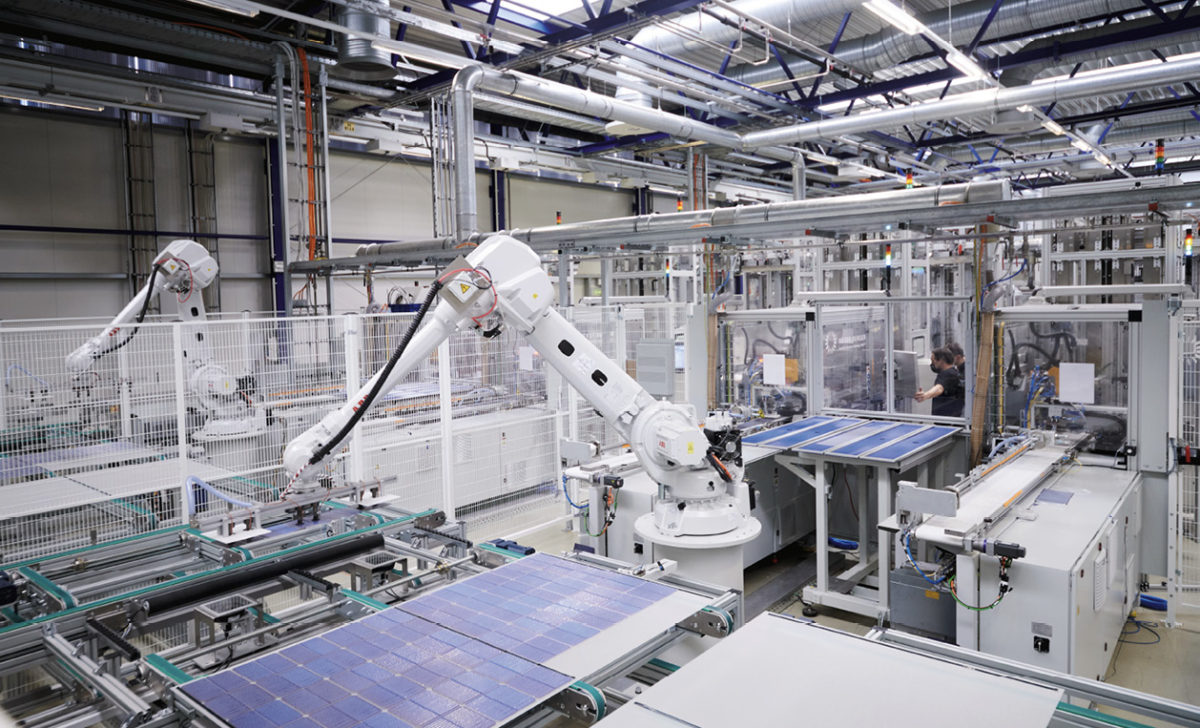From pv magazine Global
The IEA PVPS recently published its latest report on “Trends in Photovoltaic Applications 2022.” It estimates, “with a reasonable firm level of certainty,” that the world installed a minimum of 173.5 GW of new solar capacity in 2021, representing a 22% year-on-year growth. That makes 2021 another record-breaking year, despite the pandemic-related perturbations.
“The markets reached incredible numbers last year, but they will probably be even higher this year,” Gaëtan Masson, co-author of the report and co-chair at the European Solar Manufacturing Council, told pv magazine. “Without trade disruptions as we’ve seen in the last two years, my bet is that the market will reach 260 GW.”
He said this prediction is “roughly on line” with the predictions of an undisclosed company.
“Looking at production numbers , we had 153 GW of wafers produced in the first six months of the year, so it is not totally impossible to see a market of around 250 GW to 260 GW,” he added.
European manufacturing
Last year, the European Union came second in terms of new installed solar capacity with 28.7 GW, after China with 55 GW.
“Most probably we will see production capacities in all segments of the value chain in Europe in the coming years. I think that the atmosphere has changed significantly, policy makers started to understand that there is no growth without local manufacturing,” said Masson.
However, most European manufacturing projects happening at national level are too small to be competitive.
“There is a political will, there is an industry need, but the conditions are too favorable in the US or in India for the time being, so we will lose a certain number of projects which only a few months ago were supposed to be developed in Europe,” Masson noted.
This problem of competitiveness will not be solved at the policy level through the European Commission, he said. He argues that European PV manufacturing isn’t lacking policy instruments at the European level, but rather massive investment and continuous technology development at the national level.
“If you want to remain competitive, you need to be flexible, you need to develop new production lines mostly on a yearly basis, with lower cost, to benefit not only from economies of scale, but also from technology improvements, and lower cost of manufacturing,” he said.
Continuous investment in the order of €1 billion ($977 million) a year will be needed to replace Europe’s current “static projects,” added Masson.
“That’s probably the key challenge that will not be solved by public support. It must be understood by the investors that it will be a multibillion investment for each company, with a continuous need for fresh money, and increase of production capacities,” he concluded. “The market will follow up – there’s no problem.”
This content is protected by copyright and may not be reused. If you want to cooperate with us and would like to reuse some of our content, please contact: editors@pv-magazine.com.








By submitting this form you agree to pv magazine using your data for the purposes of publishing your comment.
Your personal data will only be disclosed or otherwise transmitted to third parties for the purposes of spam filtering or if this is necessary for technical maintenance of the website. Any other transfer to third parties will not take place unless this is justified on the basis of applicable data protection regulations or if pv magazine is legally obliged to do so.
You may revoke this consent at any time with effect for the future, in which case your personal data will be deleted immediately. Otherwise, your data will be deleted if pv magazine has processed your request or the purpose of data storage is fulfilled.
Further information on data privacy can be found in our Data Protection Policy.